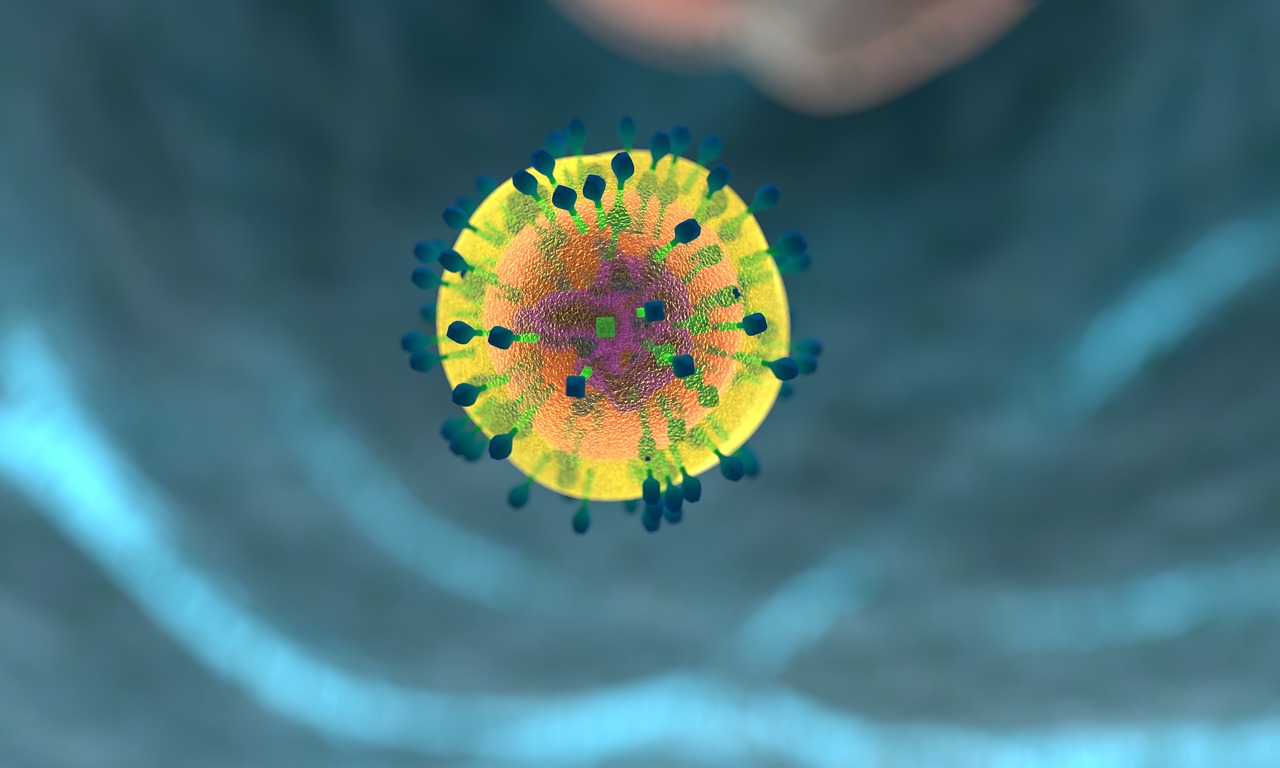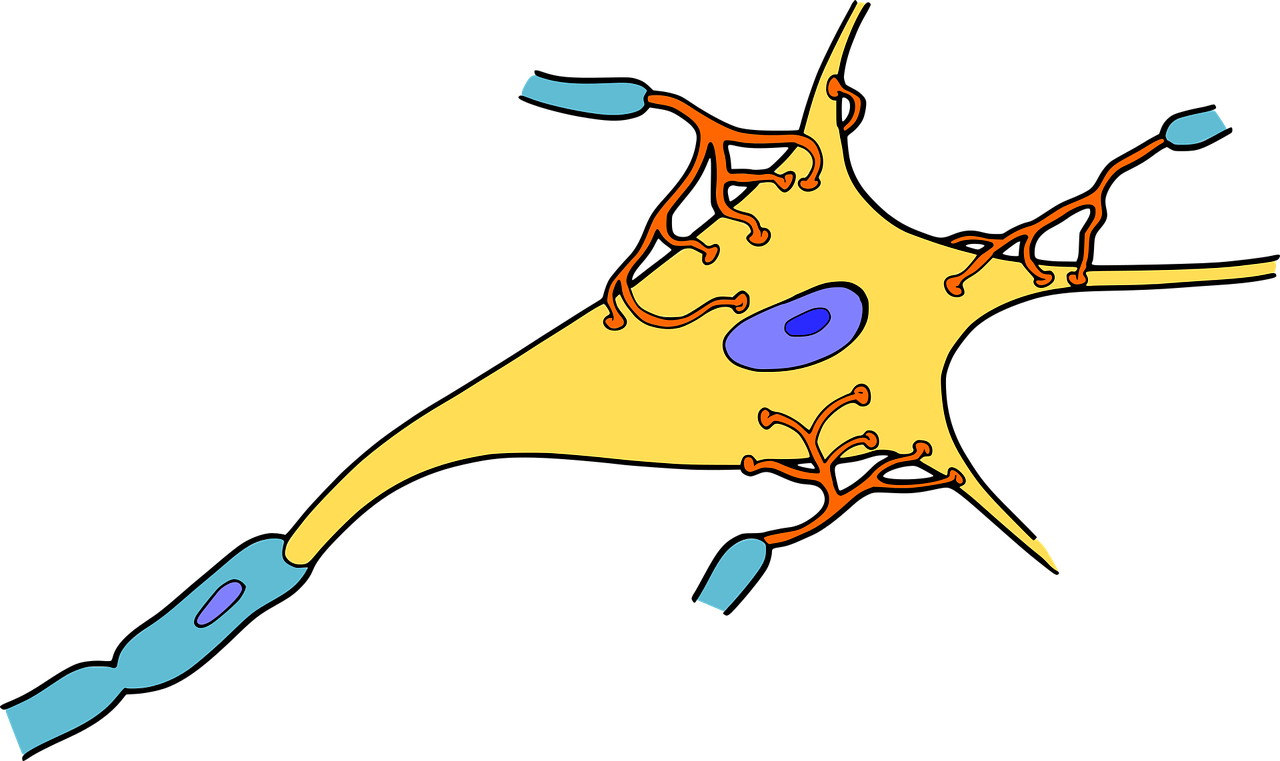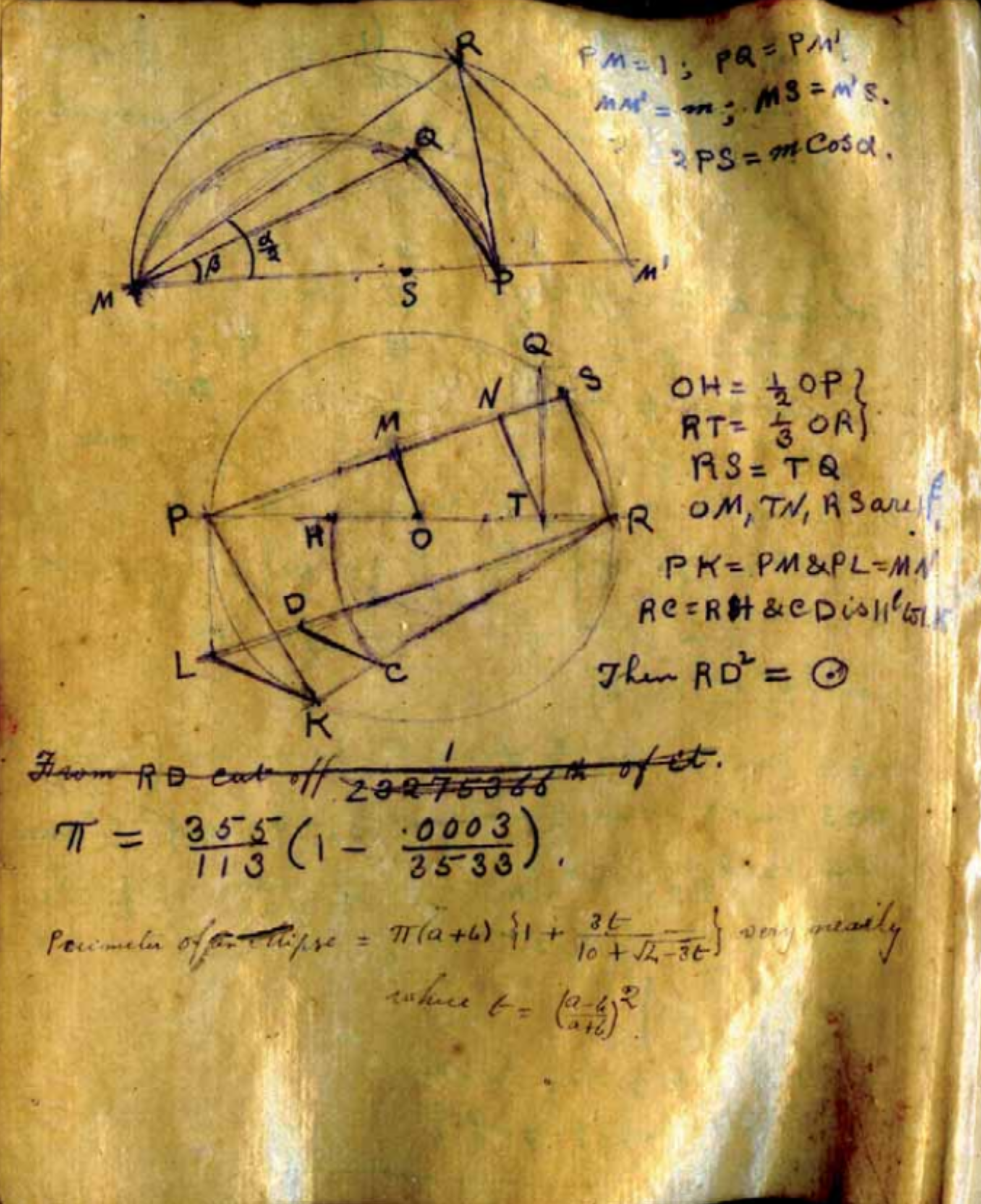The Human Immunodeficiency Virus (HIV) continues to engage scientists because of its complex nature. A team of scientists from India, UK, and Spain have isolated near full genomes of HIV virus from a subset of South Indian patients – a subtype known as HIV clade C.
Because HIV exhibits huge genetic diversity, the virus undergoes frequent genomic changes and each new variant differs in its response to therapy. Examining the entire viral genome can thus offer new clues for understanding infection dynamics and tracing the evolutionary history of different strains. For this, researchers made tweaked existing method for isolating and sequencing the viral genome.
The researchers first isolated the virus from the blood of 20 patients. But, unlike the previous method where four overlapping fragments of viral RNA were amplified, the scientists selected 6 overlapping RNA fragments for sequencing.
This tweak was to ensure good data acquisition for HIV clade C. It also helped in improving efficiency and coverage of prominent viral genes – env and gag. Once multiple copies of these fragments were ready, genetic code inscribed in different RNA slices was decoded by an Illumina sequencer. Next, the fragments were arranged in correct order by referring to the existing HIV clade C genomes recorded in the viral genome database.
In this way, scientists could generate 9 near full-length viral genome sequences. In the remaining samples, good sequence recovery was achieved across prominent viral genes like gag and env. Phylogenetic analysis reveals that in 18 cases the virus belonged to HIV clade C; one belonged to AIC type and the other resembled the B type. This shows that minor clades of A and B type are also prevalent in the population which must have given rise to the recombinant AIC form.
“The classification of HIV-1 genome into clades is based upon several factors, an important one being the geographic source of the virus”, Dr. Shahid Jameel, an Indian virologist, and CEO of Wellcome Trust DBT India Alliance who was not involved with the study told India Science Wire. In India and South Africa, clade C is particularly rampant.
“Since the early 1990s, India has a predominance of clade C HIV 1. This study used next-generation sequencing to obtain near full-length sequences and arrive at the same result. In that sense there is little novelty”, added Dr. Jameel.
Researchers have also traced evolutionary origins of the variants. They compared similarities in the isolated genomic sequences with those that are recorded in the genomic database. The Indian clade C was found to be closely related to the African lineage whereas the recombinant forms are believed to originate spontaneously.
These finding may have implications for disease control. “While refinement of amplification protocols, sequencing platforms and bioinformatics tools for analysis of this kind of data are ongoing and likely to supersede the current study, application of techniques and approaches described here will benefit both the clinical management of HIV-1 patients, but will further allow a more precise description of molecular epidemiological trends and direction in specific geographical locales,” the study has concluded.
The research team included Shuba Varshini Alampalli, Raghavan Sampathkumar, Karthi Sivaraman and Annapurna Vyakarnam (Indian Institute of Science, Bengaluru); Michael M. Thomson (Instituto de Salud Carlos III, Ctra. Majadahonda-Pozuelo, Majadahonda, Madrid); Anto Jesuraj U. K. J., Chirag Dhar and George D. Souza (St John’s Research Institute, Bengaluru), and Neil Berry (NIBSC, United Kingdom). The study was recently published in journal PLoS One. (India Science Wire)
By Sarah Iqbal
Journal Article



